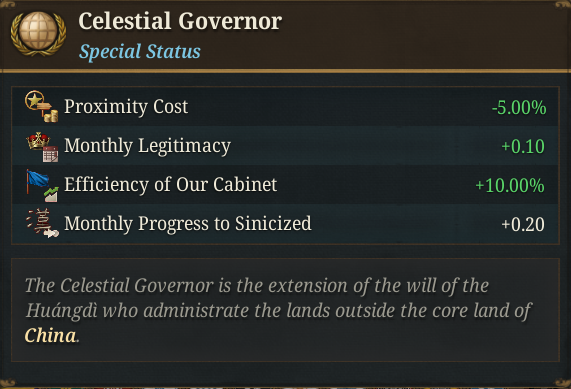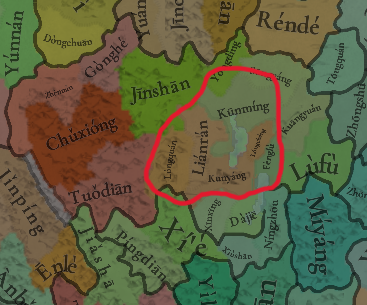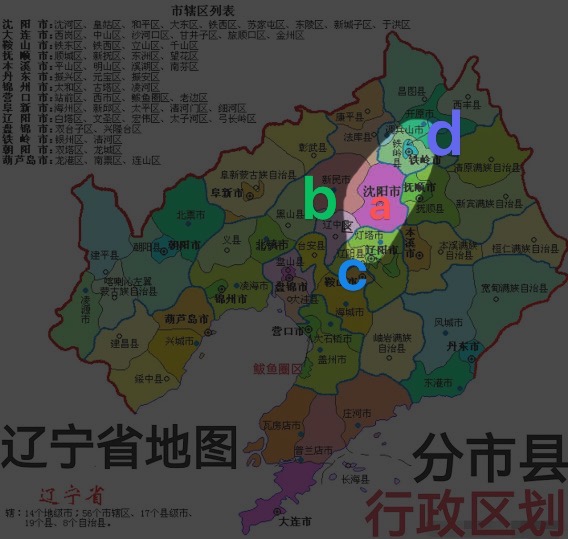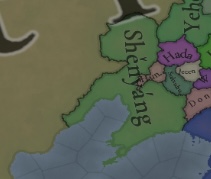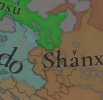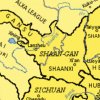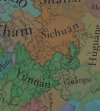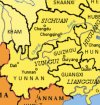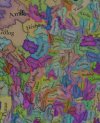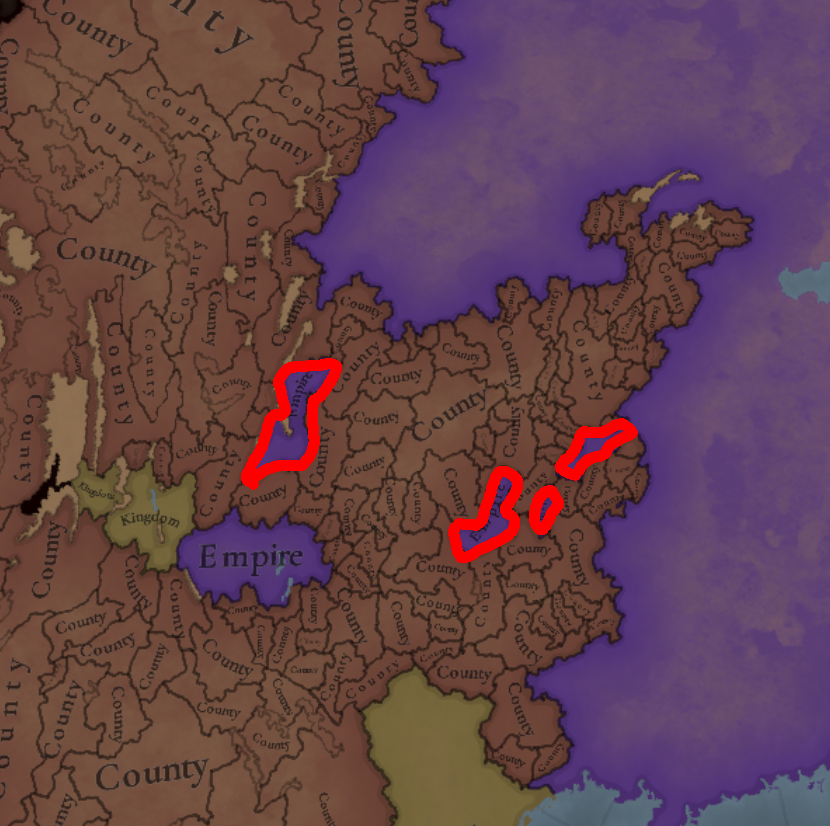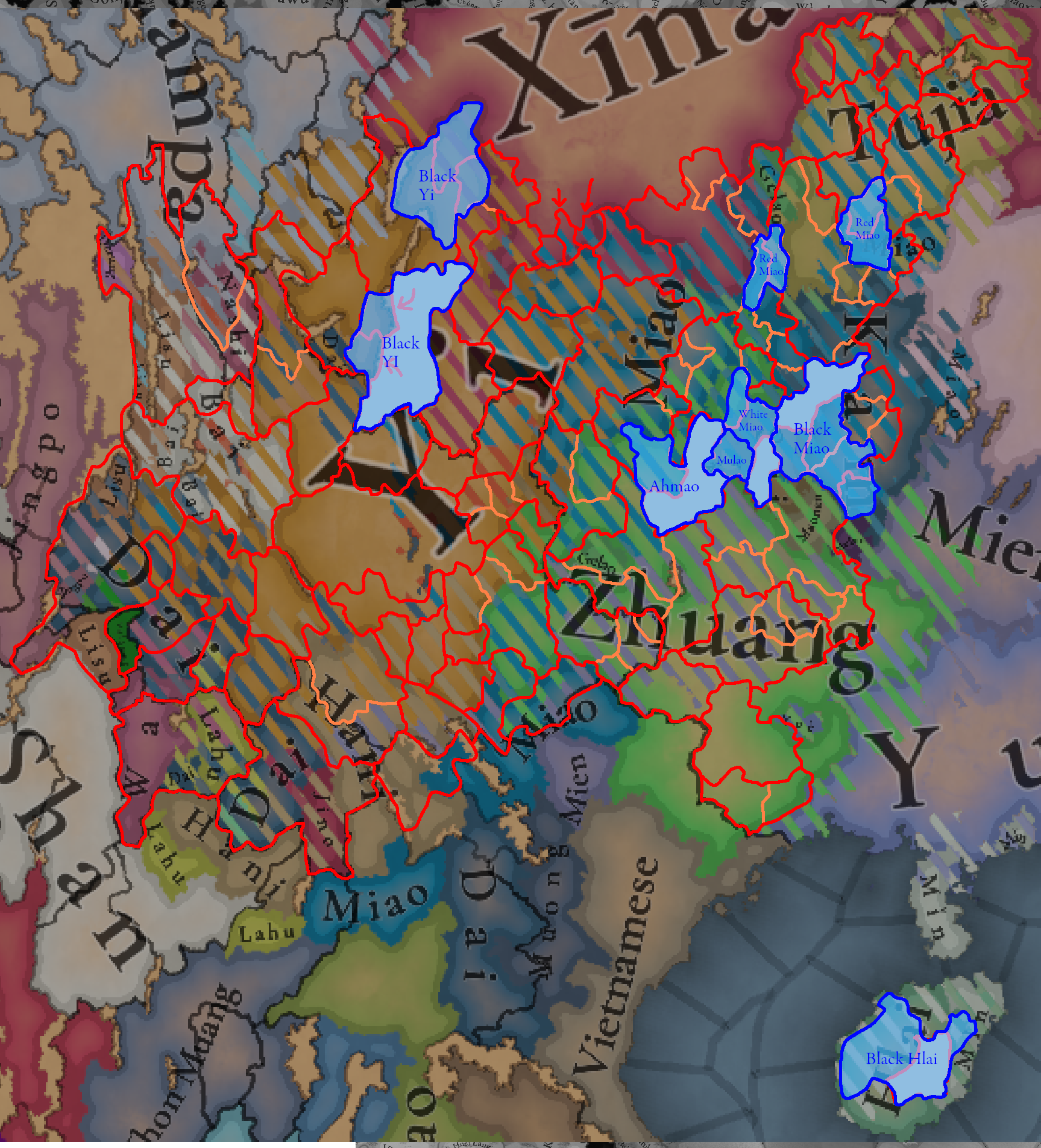Edit: I misread your post and thought you were referring to location names. I think there's some merit to calling the cultures by their endonyms (eg Teochew, Hakka), but the tricky thing is that in the present day there is often disagreement over what the right endonym is. For instance, overseas Chinese use the term Hokkien, but in mainland China and Taiwan the preferred term is Banlam (Minnan in Mandarin). And sometimes the most common English name isn't even the endonym! Eg Foochow (Cantonese exonym that is frequently used) vs Hockchew (native endonym) vs Fuzhou (Mandarin). Or Hainanese (English) vs Hainam/Kengchew (Qiong/Hainanese Min endonym) vs Hainan (Mandarin)
Well the standard is to use the most common/appropriate English-language term. Using the endonym (where different) would frankly still be kind of inconsistent, but the fact that it's explicitly Mandarin-language forms being used definitely raises some eyebrows.
- 1


